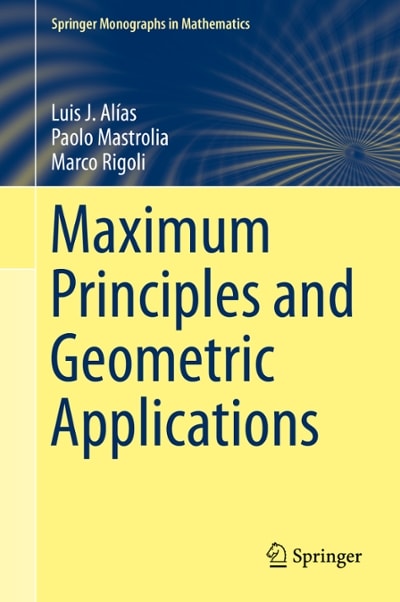help please
Independent random samples of 36 and 47 observations are drawn from two quantitative populations, 1 and 2, respectively. The sample data summary is shown here. Sample 1 Sample 2 Sample Size 36 47 Sample Mean 1.25 1.32 Sample Variance 0.0560 0.0540 Do the data present sufficient evidence to indicate that the mean for population 1 is smaller than the mean for population 2? Use one of the two methods of testing presented in this section. (Round your answer to two decimal places.) Z = Explain your conclusions. O Ho is rejected. There is sufficient evidence to indicate that the mean for population 1 is smaller than the mean for population 2. O Ho is rejected. There is insufficient evidence to indicate that the mean for population 1 is smaller than the mean for population 2. O Ho is not rejected. There is insufficient evidence to indicate that the mean for population 1 is smaller than the mean for population 2. O Ho is not rejected. There is sufficient evidence to indicate that the mean for population 1 is smaller than the mean for population 2. You may need to use the appropriate appendix table or technology to answer this question.An experiment was planned to compare the mean time (in days) required to recover from a common cold for persons given a daily dose of 4 mg of vitamin C, M,, versus those who were not given a vitamin supplement, M. Suppose that 34 adults were randomly selected for each treatment category and that the mean recovery times and standard deviations for the two groups were as follows. No Vitamin 4 mg Supplement Vitamin C Sample size 34 34 Sample mean 6.3 5.2 Sample standard deviation 2.6 1.6 a) Suppose your research objective is to show that the use of vitamin C reduces the mean time required to recover from a common cold and its complications. Give the null and alternative hypotheses for the test. OH : ( M 1 - 12 ) = 0 versus Ha: (1 1 - 12 ) $ 0 O Ho: (M1 - 12) 0 O Ho: (M1 - 12) = 0 versus Ha: (M1 - 12) > 0 O Ho: (H1 - M2 ) = 0 versus Ha: ( H1 - 12) 0.2 O Ho: p # 0.2 versus Ha: P = 0.2 O Ho: p 0.2 Find the p-value. (Round your answer to four decimal places.) p-value = State your conclusion. Since the p-value is greater than 0.05, Ho is not rejected. There is insufficient evidence to indicate that the proportion of infested fields is larger than expected. Since the p-value is less than 0.05, Ho is not rejected. There is sufficient evidence to indicate that the proportion of infested fields is larger than expected. Since the p-value is less than 0.05, Ho is rejected. There is sufficient evidence to indicate that the proportion of infested fields is larger than expected. Since the p-value is greater than 0.05, Ho is rejected. There is insufficient evidence to indicate that the proportion of infested fields is larger than expected. (b) If the proportion of infested fields is found to be significantly greater than 0.20, why is this of practical significance to the agronomist? What practical conclusions might she draw from the results? The agronomist may determine that because the proportion of infested fields was not unusual, no action needs to be taken. The agronomist may determine that because the proportion of infested fields was not unusual, the sampling method was not random. The agronomist may determine that an unusually high proportion of infested fields indicates a contagious disease. The agronomist may determine that because the proportion of infested fields was unusual, no action needs to be taken. The agronomist may determine that an unusually low proportion of infested fields might indicate a contagious disease. You may need to use the appropriate appendix table or technology to answer this question. Need Help? Read ItAn experiment was conducted to test the effect of a new drug on a viral infection. After the infection was induced in 100 mice, the mice were randomly split into two groups of 50. The first group, the control group, received no treatment for the infection, and the second group received the drug. After a 30-day period, the proportions of survivors, p, and P2, in the two groups were found to be 0.38 and 0.62, respectively. (a) Is there sufficient evidence to indicate that the drug is effective in treating the viral infection? Use a = 0.05. State the null and alternative hypotheses. OH: (P1 - P2) 0 O Ho: (P1 - P2) = 0 versus Ha: (P1 - P2) > 0 O Ho: (P 1 - P2 ) = 0 versus Ha : (P 1 - P 2 ) * 0 O Ho: (P1 - P2) * 0 versus Ha: (P1 - P2) = 0 O Ho: (P1 - P2) = 0 versus Ha: (P1 - P2) 1.65 X Z 0 O Ho: My = 0 versus Ha: Hd 0 O Ho: Mg = 0 versus Ha: Md # 0 3. Test statistic: t = -1.827 X 4. Rejection region: If the test is one-tailed, enter NONE for the unused region. > 2.776 0 O Ho : (1 1 - M2 ) = 0 versus Ha: (M1 - 12 ) = 0 O Ho : ( M 1 - M 2 ) = 0 versus Ha : ( 1 1 - 1 2 ) * 0 O HO : ( 1 1 - 1 2 ) 2.101 X t 0 O Ho : ( H 1 - M2 ) 2.262 t















